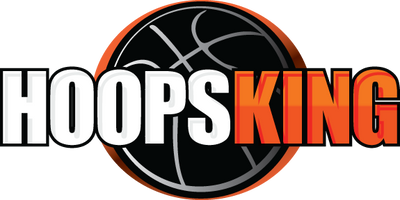Videos
Description
How To reduce the risk of Anterior Cruciate ligament injuries and reconditioning.
To accomplish the task of reducing the risk of athletes and players developing anterior Cruciate ligament injuries and also to carry out reconditioning, it is important to carry out the following
- Develop a kind of training pattern that is aimed at strengthening the knee and that would also build up the core muscles of the athlete.
- It is also important to discover the various weaknesses that occur in the muscles of the athlete which could impede moment, and think of activities which would boost strength and prevent Anterior Cruciate Ligament injuries.
- In the event of an injury on the Anterior Cruciate Ligament of the athlete, it is important you learn how to carry out proper rehabilitation after the injury and also assess the ability of the athlete to get back to the field of play.
The carrying out of Anterior Cruciate Ligament prevention and also rehabilitation after an injury is very important knowledge coaches and trainers should be aware of. This is because knowledge of the practice can not only keep athletes away from injuries but also boost the performance of the athletes. An essential aspect of this practice involves firstly, prevention which is the best form of treatment. When that fails and the athletes suffer an injury, the next line of practice is how to get the athlete to harm as quickly as possible, get back to training as soon as possible and then start to compete once more.
To promote a better understanding of how to curb the risk of Anterior Cruciate ligament injuries, it is important that the athletes and the coach understand how the Cruciate ligament works and its important function of stabilizing the knee. It is important to be also aware of the landing and cutting techniques which are peculiar to either a male or a female athlete. Coaches should also be aware of what to look for with regards the body language of their athletes and players in case anyone is nursing an anterior Ligament injury. Coaches should watch out for the signs of injuries such as rotation of hips by athletes and players when they are changing the direction of movement. Coaches need to also stress the importance of activating the hamstring when jumping and landing and also making good use of cutting technique when stabilizing the knee to reduce the pressure on landing.
Carry out assessments.
When designing any protocol for training it is important to carry out an assessment. This helps to identify areas that could in one way or the other lead to injuries. Many simple assessment exercises such as single leg squats, flexibility test, stability tests and the very effective depth drop to counter exercise(coaches watch the athletes as he or she responds to absorption and production of force).
Carryout strength training.
To also reduce the risk of Anterior Cruciate Ligament injuries and also carry out reconditioning, it is important that coaches engage athletes in strength training activities. Some of them help to improve hamstring co-activation which provides sufficient pull on the tibia and protect the Anterior Cruciate ligament from stress. It is important to carry out firstly exercises for both legs and gradually shift to one leg at a time to boost balance and stability for the athletes. Other exercises which are focused on strengthening the hip are also very important in preventing the risk of ACL injuries and also reconditioning the Anterior Cruciate ligament.
Frequently Asked Questions (FAQs)
Q: Can I rent DVDs if I'm located outside the USA?A: No, we only rent DVDs within the USA. No rental DVD orders will be mailed outside the USA.
Q: Is it possible to purchase the DVDs instead of renting them?
A: No, the DVDs are available for rent only and are not for sale.
Q: What do I need to do before renting a DVD?
A: Before you can rent a DVD, you must submit a Rental Membership form. This is a one-time requirement.
Q: Is there a monthly subscription fee for renting DVDs?
A: No, there is no monthly subscription fee required.
Q: How long is the viewing period for rented DVDs?
A: The viewing period is 5 days for single titles and 10 days for DVD sets. If you order at least 3 single DVDs, then the viewing time is 10 days.
Q: What are the shipping costs for renting DVDs?
A: Shipping is FREE! The price of the rental includes shipping and return shipping. There are no additional shipping charges.
Q: Can I get an extended viewing time?
A: Yes, just make the quantity of a DVD (2) and that will double your viewing time.
Custom Coaching Products








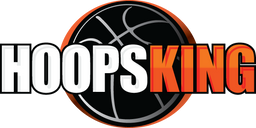
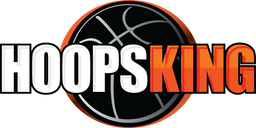

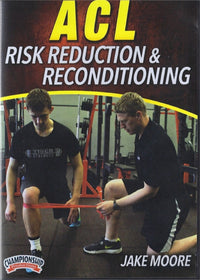
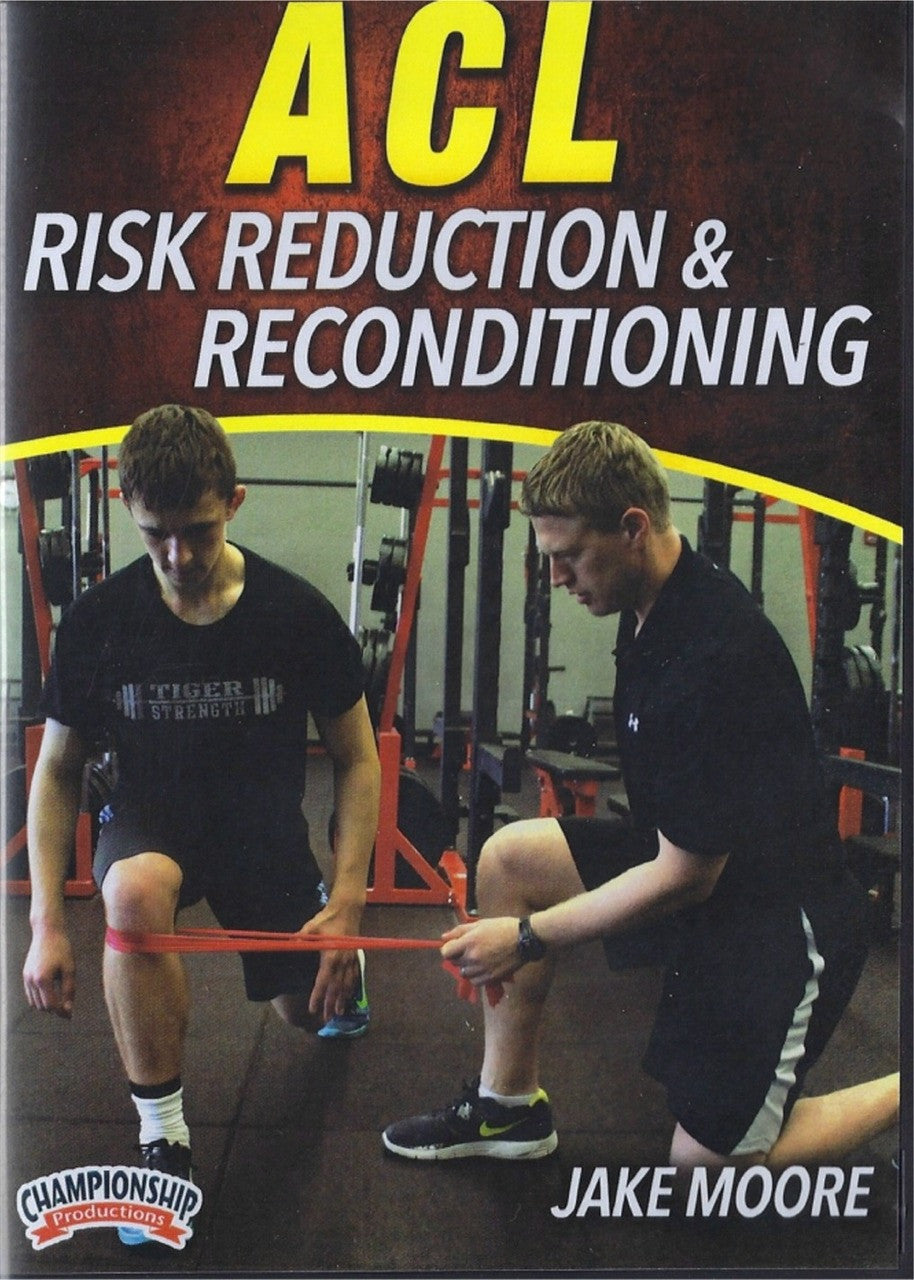
 ACL Risk Reduction & Reconditioning - Clip 1 - Jake Moore
ACL Risk Reduction & Reconditioning - Clip 1 - Jake Moore
 ACL Risk Reduction & Reconditioning - Clip 2 - Jake Moore
ACL Risk Reduction & Reconditioning - Clip 2 - Jake Moore
